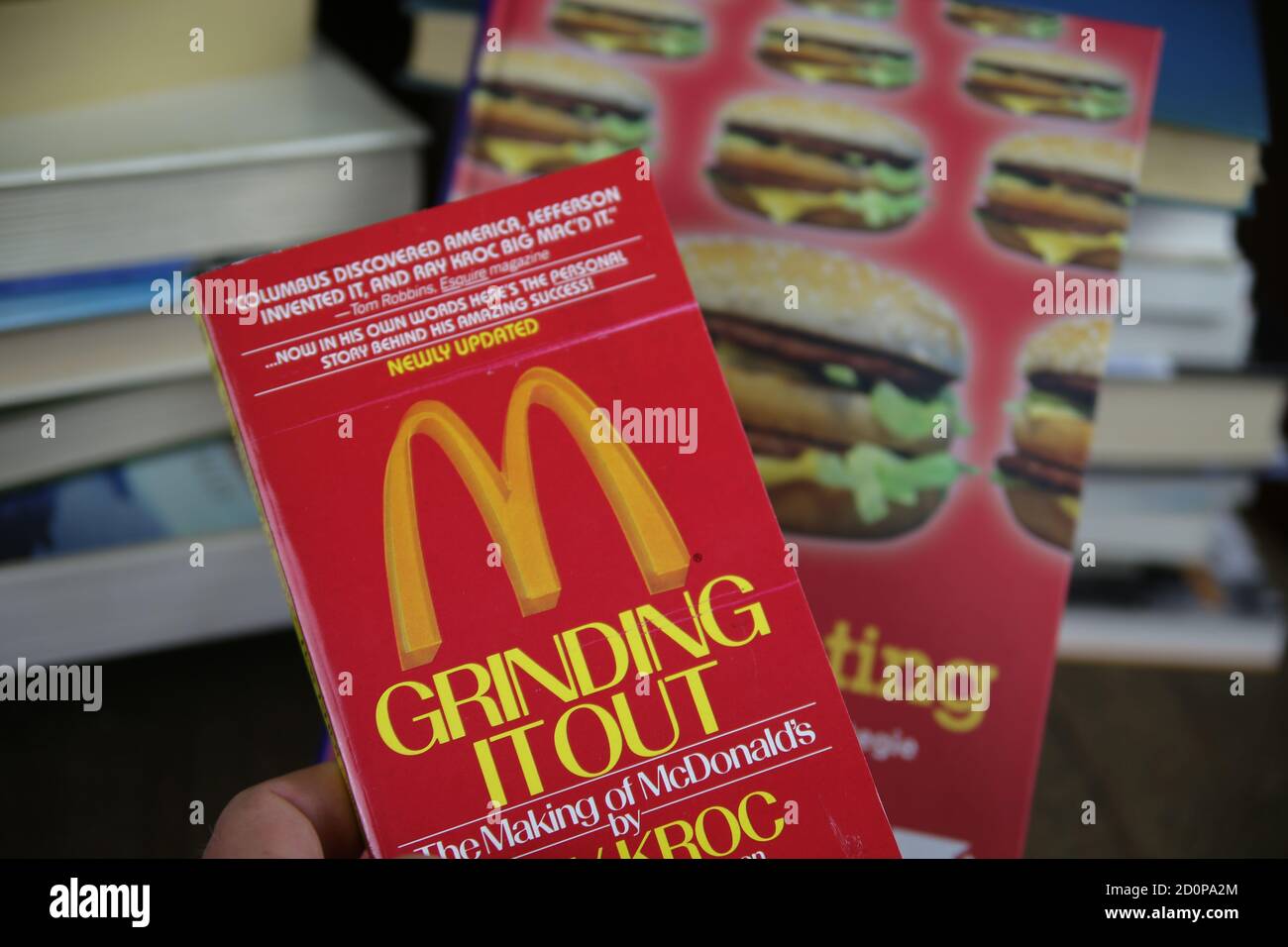
- #Mcdonald's there's a big mac for that radio commercial 2017 tv
- #Mcdonald's there's a big mac for that radio commercial 2017 free
“They’re making our community look like Las Vegas,” said Barbara Thomason, president of the Houston Northwest Chamber of Commerce, of the scores of digital signs she has noticed popping up in the last few years.

The trend may lead to more showdowns as civic pride is affronted. People can expect to see more of them not only along highways, but also in stores, gyms, doctors’ offices and on the sides of buildings, marketing executives say. They allow advertisers to change messages frequently from remote computers, timing their pitches to sales events or the hour of the day. Old-fashioned billboards are being converted to digital screens, which are considered the next big thing.
#Mcdonald's there's a big mac for that radio commercial 2017 free
Plus, companies are finding new ways to offer free services to people who agree to view their ads, particularly on the Internet or on cellphones.
#Mcdonald's there's a big mac for that radio commercial 2017 tv
The feeling of ubiquity may also be fueled by spam e-mail messages and the increasing use of name-brand items in TV shows and movies, a trend known as product placement.

Outright advertising is just one contributing factor. The landscape is “overly saturated” as companies press harder to make their products stand out, she said. “What all marketers are dealing with is an absolute sensory overload,” said Gretchen Hofmann, executive vice president of marketing and sales at Universal Orlando Resort. Last summer, Walt Disney advertised its “Little Einsteins” DVDs for preschoolers on the paper liners of examination tables in 2,000 pediatricians’ offices, according to Supply Marketing, a company that gives doctors free supplies in exchange for using branded products. Some school buses now play radio ads meant for children. “We never know where the consumer is going to be at any point in time, so we have to find a way to be everywhere,” said Linda Kaplan Thaler, chief executive at the Kaplan Thaler Group, a New York ad agency. But consumers’ viewing and reading habits are so scattershot now that many advertisers say the best way to reach time-pressed consumers is to try to catch their eye at literally every turn. Marketers used to try their hardest to reach people at home, when they were watching TV or reading newspapers or magazines. And the trays used in airport security lines have been hawking Rolodexes. US Airways is selling ads on motion sickness bags. Chinese food cartons promote Continental Airways. Subway turnstiles bear messages from Geico auto insurance. Supermarket eggs have been stamped with the names of CBS television shows. Add this to the endangered list: blank spaces.Īdvertisers seem determined to fill every last one of them.


 0 kommentar(er)
0 kommentar(er)
